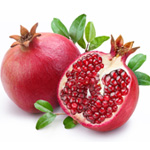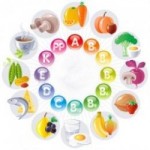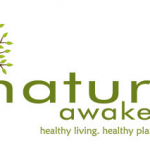Today we will start discussing some of the most widespread myths about multivitamins.
Myth #1: Food-based, whole food, raw multivitamins are superior to regular multivitamins
Most consumers believe that food-based multivitamins are more natural and thus superior to regular multivitamins. Marketing claims and pretty images often make one believe that food-based vitamins are indeed derived from real fruits and vegetables. Unfortunately, the reality is quite different. Just think of it, each fruit and vegetable contains a vast variety of vitamins and minerals all mixed together and not very concentrated. For example, half of a carrot contains roughly 100% DV of vitamin A. How can one naturally extract all this vitamin A from a carrot and concentrate it to fit into one small pill? That’s right, you cannot.
Most food-based vitamins on the market can be divided into two groups:
The first group consists of mostly synthetic vitamins and minerals cultured with small amounts of whole foods and yeast. The supplement facts table of such vitamins lists vitamins and minerals without specifying the forms of these vitamins and mineral. It also list whole foods blend (often organic) in the amount less than 1/2 teaspoon (1/2 teaspoon is roughly equal 2000 mg). You will see a statement similar to this “Nutrients are created through cultivation with Saccharomyces cerevisiae” or “Nutrients and herbs are cultured in organic media that may contain: organic milled soy, Saccharomyces cerevisiae (yeast: active and inactive), etc”. These statements mean that synthetic forms of vitamins and minerals listed on the label were combined with the minute amount of whole foods and cultured with yeast. After that the mixture was dried and put into tablets.
The second group consists of vitamins and minerals derived from enriched yeast (Saccharomyces cerevisiae). Yeast is naturally rich in some B vitamins and minerals. To obtain yeast rich in other vitamins and minerals that it normally does not contain in large quantities, yeast is grown in a bath of vitamins or minerals (mostly synthetic) which it absorbs. When the yeast is dried the vitamins and minerals obtained from it are called food-based. After the names of these vitamins and minerals on the label you would see “from S. cerevisiae” in parenthesis. You can read more about the process of growing enriched yeast here.
Are these “food-based” vitamins and minerals better for you? It is an open question. Many experts argue that bacteria in your gut can process the vitamins and minerals just as well as yeast. Is it worth to pay 3-5 times more for the same synthetic vitamins just because they were cultured with yeast?
Most data shows that Saccharomyces cerevisiae is non-allergenic. However, we do know people who cannot tolerate it. Also, there are no studies showing long-term safety of its use. For these reasons we do not use yeast-culturing in manufacturing of our products.
You May Also Like:
Natalia Lukina
Latest posts by Natalia Lukina (see all)
- Getting the Most Benefits from your Supplements - July 7, 2015
- Micronutrients: What your Body Needs on a Daily Basis - April 3, 2015
- Scientific Reasons Why Many Multivitamins Don’t Work And What To Do About It - March 24, 2014






